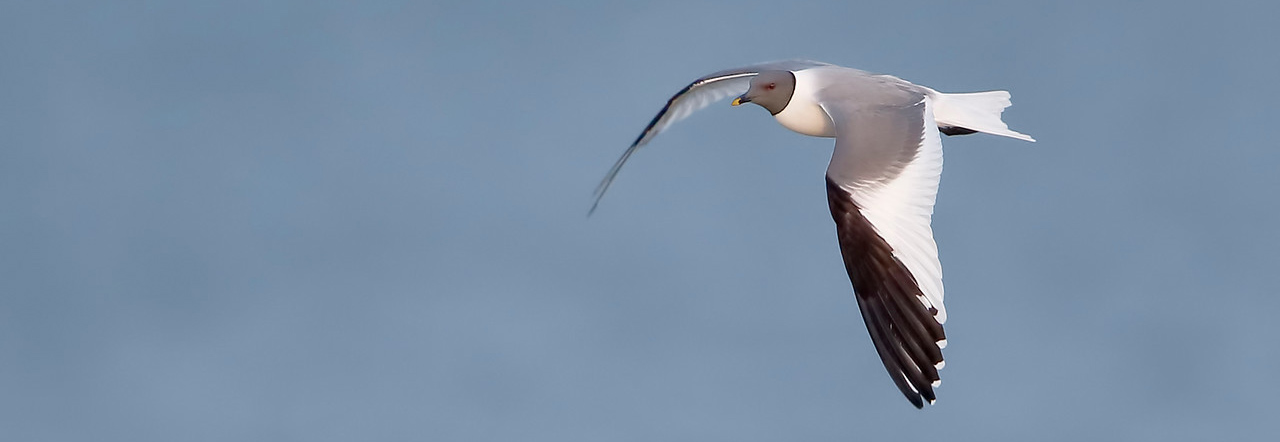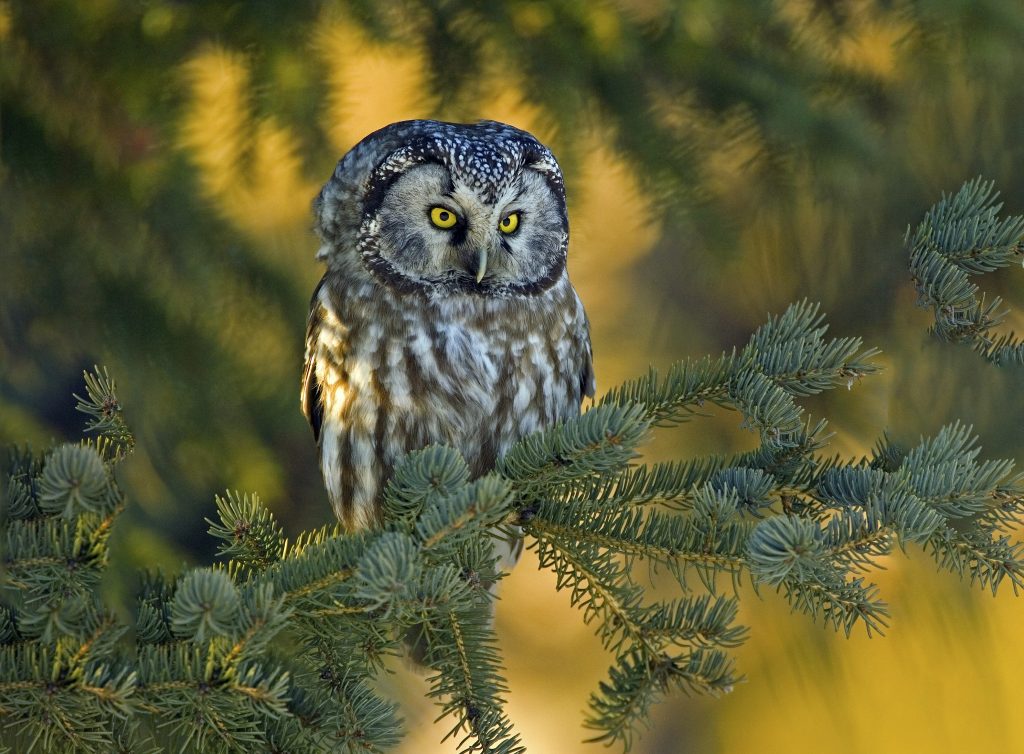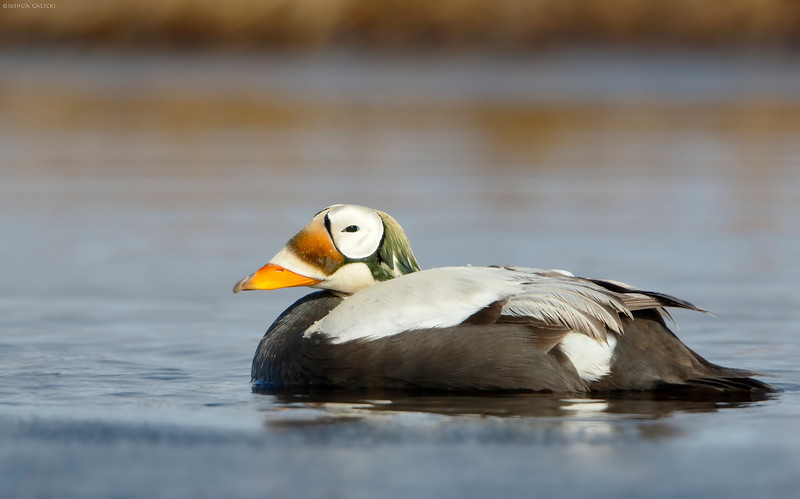Alaska: Birding the Outposts
| Intro | Itinerary | Tour Pricing & Information | Gallery | Bird List | Registration |
Alaska’s wild and beautiful spaces have long captivated birders and naturalists alike. With miles of unspoiled wilderness, unending layers of snow-covered peaks, rugged hillsides and tundra landscapes aside the Bering Sea, magnificent fjords of the craggy Kenai Peninsula, islands draped with seabirds of all shapes and sizes, glaciers calving into dark blue waters, impenetrable boreal forests and rolling tundra under the mammoth backdrop of North America’s tallest mountain peak, it’s easy to see why! Our ‘Birding the Outposts’ tour of Alaska offers a complete sampling of Alaska’s birdlife by visiting four distinctive areas: Northwest Alaska’s Seward Peninsula and historic Nome; remote Arctic outpost of Barrow, exhilarating Kenai Peninsula and neighboring Kenai Fjords National Park; and extensive forests, taiga and tundra beneath the gaze of Denali (Mt. McKinley). A post tour extension to the spectacular Pribiloff Islands will be offered for those interested in visiting St. Paul Island’s impressive seabird cliffs teeming with puffins, auklets and kittiwakes and we will have a 3-night stay here so we can fully appreciate the extraordinary birding opportunities that this island provides.
Birding the land of the midnight sun falls into several broad categories: spectacular movements of migrants, Alaska’s colorful breeding birds and the anticipation of finding an Asiatic stray. Just a few highlights of breeding species would include: Pacific, Red-throated and Arctic Loons, four eider species topped by the spectacular Spectacled and Steller’s, Pacific Golden-Plover, Bar-tailed Godwit, Bristle-thighed Curlew, Red-necked Stint, Ivory Gull, Ross’s Gull, Arctic and Aleutian Terns, Arctic Warbler, Bluethroat, Red-throated Pipit, plus seabird cliffs with literally millions of murres, guillemots, auklets and puffins. Even the most ardent birder’s appetite is satisfied by visiting many of the best birding and scenic areas in the country. A hearty menu composed of: Northern forest species (Northern Hawk Owl, Boreal Owl, Boreal Chickadee, Bohemian Waxwing, Varied Thrush, crossbills, finches and more); tundra species (nesting loons, shorebirds and jaegers, Rock and Willow Ptarmigan, Bluethroat etc); colonial seabirds (Common & Thick-billed Murres, Black & Pigeon Guillemots, Marbled, Kittlitz’s and Ancient Murrelets, Cassin’s, Parakeet, Crested, Rhinoceros and Least Auklets and Horned and Tufted Puffins); western Alaska nesters (Bar-tailed Godwit, Bristle-thighed Curlew, Red-necked Stint, Arctic Warbler, Red-throated Pipit and McKay’s Bunting) can all be expected.
Leaders: Kim Risen and Nick Bray.
Group size: Minimum for tour to go ahead 6 and maximum 10 with 2 leaders.
| Intro | Itinerary | Tour Pricing & Information | Gallery | Bird List | Registration |



